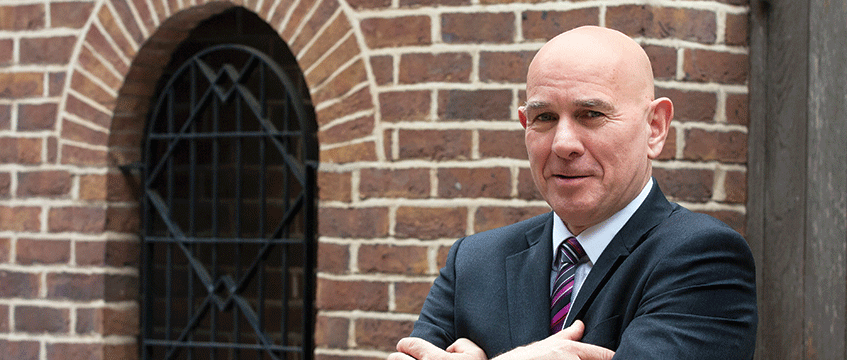A savings surge could help us back to normality
COMMENT This year, the theme of Colliers’ midsummer report is “learning to love retail again” and the timing couldn’t be more apt.
Last year we saw a record level of UK household saving, with almost £200bn saved above normal levels. As the end of pandemic restrictions creep ever closer, the taps have been turned on and a “vaccine bounce” in the consumer economy is increasingly evident.
Savings surge
During successive lockdowns, people worried about job security and the long-term prospects for the economy began to put aside cash for a rainy day. This took the household savings ratio – which normally stands around 8% – to an all-time high of over 25% by the second quarter of last year.
COMMENT This year, the theme of Colliers’ midsummer report is “learning to love retail again” and the timing couldn’t be more apt.
Last year we saw a record level of UK household saving, with almost £200bn saved above normal levels. As the end of pandemic restrictions creep ever closer, the taps have been turned on and a “vaccine bounce” in the consumer economy is increasingly evident.
Savings surge
During successive lockdowns, people worried about job security and the long-term prospects for the economy began to put aside cash for a rainy day. This took the household savings ratio – which normally stands around 8% – to an all-time high of over 25% by the second quarter of last year.
Interestingly, the recent year-on-year surge in retail sales volumes, an elevated savings ratio and declines in household net debt data suggest that households are using pent-up savings rather than credit to support this spending surge.
April’s 38% year-on-year increase in retail sales volumes was followed by a 22% rise in May, reflecting some diversion of spending from retail to leisure. There may be life in the party as household bank balances continue to grow, albeit at a slower pace, but they are growing nonetheless.
This sustained level of saving – which is still running at nearly twice the long-term average – may also mean that when the government’s emergency economic supports ceases, household savings may support the transition back to normality.
Savings may also provide support for the housing market, which is key in supporting consumption and the UK retail sector. In our winter retail report I wrote about the “flatpack bounce back” in which the stamp duty holiday was fuelling house buying and subsequent spend on DIY products and furniture.
With an estimated £5,000 being spent by new homeowners on fitting and furnishing new properties, we predicted that around £10bn of spending power could be unleashed into the DIY and household goods market. As the stamp duty holiday has been extended, so too has the property market boom and the associated spending boost.
US threat
Given that strong demand is outstripping supply, inflation is increasing and some commentators fear that monetary policy could be tightened with interest rates rising sooner than expected. So far, the Bank of England as well as the European Central Bank indicate that they are willing to ignore what they see as a short-term spike in inflation as supply catches up with demand. There is little evidence of wage push inflation so the interest rate trajectory remains benign. If there is a threat to stability and interest rates it may be linked more to the vagaries of US monetary policy.
At the same time, we are entering a period of rapid change. If any lessons were learned from the pandemic, it is that massive change can be brought about almost with a flick of a switch, if there is a collective will to support it. I also see a young generation impatient for change. These two ingredients have set the stage for further massive changes in how we organise our economies and certainly how we organise what has traditionally been described as the retail trade.
Walter Boettcher is head of research and economics at Colliers
Picture courtesy of Colliers











